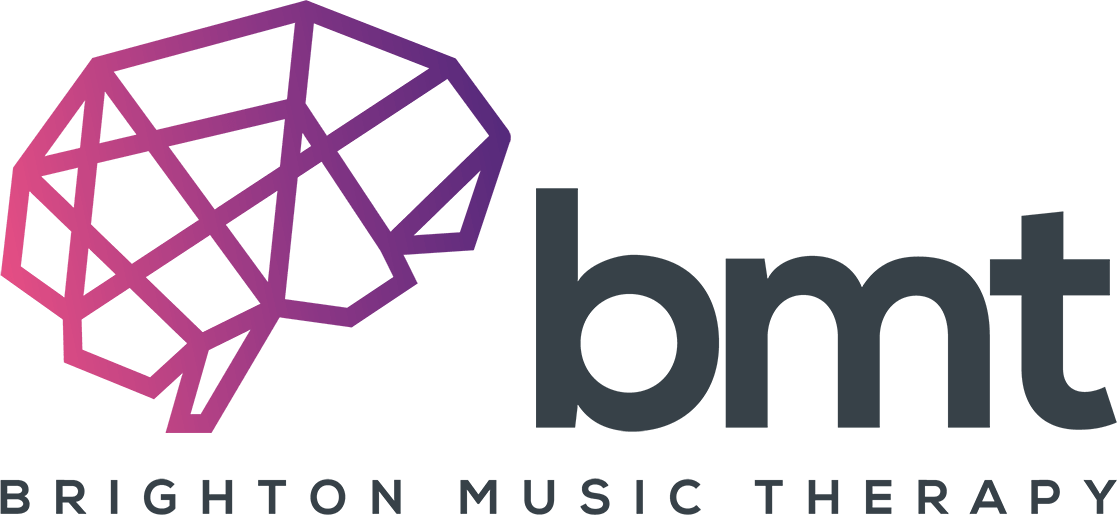Music Therapy and Acquired Brain Injury
“Biomedical researchers have found that music is a highly structured auditory language involving complex perception, cognition, and motor control in the brain, and thus it can effectively be used to retrain and re-educate the injured brain.” – Thaut, McIntosh, 2010.
Acquired Brain Injury (ABI) can lead to various impairments in movement, cognition, language and emotional wellbeing. Such impairments can have a huge impact on an ABI patient’s quality of life.
New insights from research into music and brain function have shown that music learning promotes brain plasticity by activating new neural networks. It has also shown that the networks that process music in the brain also process other functions, namely language, cognition and movement. Musical intervention can therefore be used to aid rehabilitation, and to recover and improve lost or limited functions.
Music and Movement
Timing is key to executing movement efficiently and skilfully. Timing is also a key element in music. Research has found that musical elements such as rhythm can be used to facilitate specific movements and improve motor control by providing an external ‘sensory timer’ with which movement can be synchronised.
Rhythmic Auditory Stimulation (RAS) is a musical intervention that facilitates the rehabilitation of movement, most commonly gait. RAS can improve the following gait parameters of stroke patients and patients with Parkinson’s Disease.
1. Increased gait velocity (speed of walking)
2. Increased stride length (distance covered between two steps)
3. Improvement of gait cadence (rate of walking in steps/minute)
4. Improvement of general gait
The range and control of movement in upper extremities can also be improved with the use of musical cues, and purposeful interaction with musical instruments.
Music and Communication
Music can help language functions due to its ability to activate brain structures in both hemispheres simultaneously. Singing, which relies mainly on right hemisphere brain systems, can bypass injured left-hemisphere speech centres to help people produce speech. Singing activities may facilitate initiation, development and articulation in speech and language, as well as increasing respiratory capacity.
Various studies have shown that therapeutic music exercises can help improve verbal output for people with aphasia, strengthen respiratory and vocal systems, stimulate language development in children, and increase fluency and articulation.
Oral and respiratory exercises, which involve conscious breathing and the playing of wind instruments, help support the development of vocal production by increasing oral motor control, respiratory strength and breath control.
Music and Cognition
Music can activate attention networks on both sides of the brain, which can help overcome attention problems caused by ABI. Neurologic Music Therapy cognitive techniques are used to assess and develop attention and perception, memory and executive function. Baseline attention techniques may be used with low-functioning clients in order to stimulate arousal and wake states, and to facilitate meaningful responses and orientation to time, place and person. With higher functioning ABI patients, musical elements may be used to train different types of attention, working and long-term memory, and executive functions such as organisation, problem-solving, decision-making, reasoning and comprehension.
I’m a Case Manager, what next?
We believe that Neurologic Music Therapy should be a key component of standard rehabilitation care. If you represent a client with an acquired brain injury, and would like to make a referral, or would like further information about NMT, please contact using the referral form.
My relative has an ABI, what next?

Ensuring quality of life is so important. Regardless of the severity of your loved one’s ABI, we can offer support on a physical, cognitive, communicative or emotional level. We offer one-to-one sessions at your home (or care home), and will devise home programmes and training for you and other family members. For further information, or to make a referral, please fill out this form.


